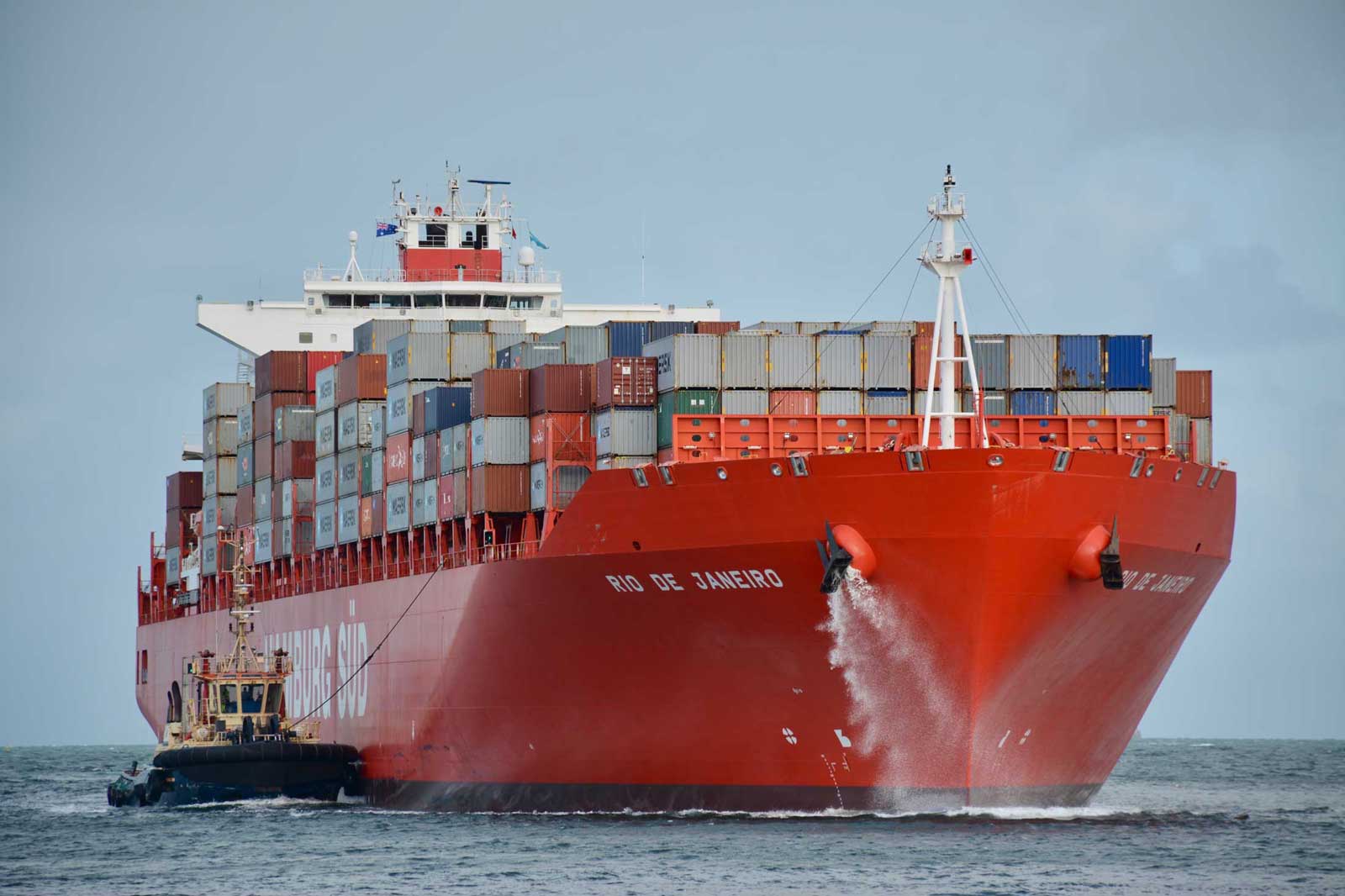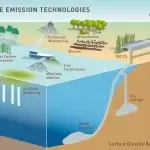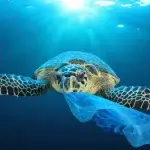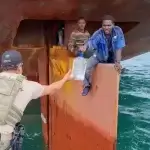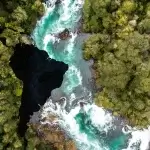Visualising the Great Pacific Garbage Patch
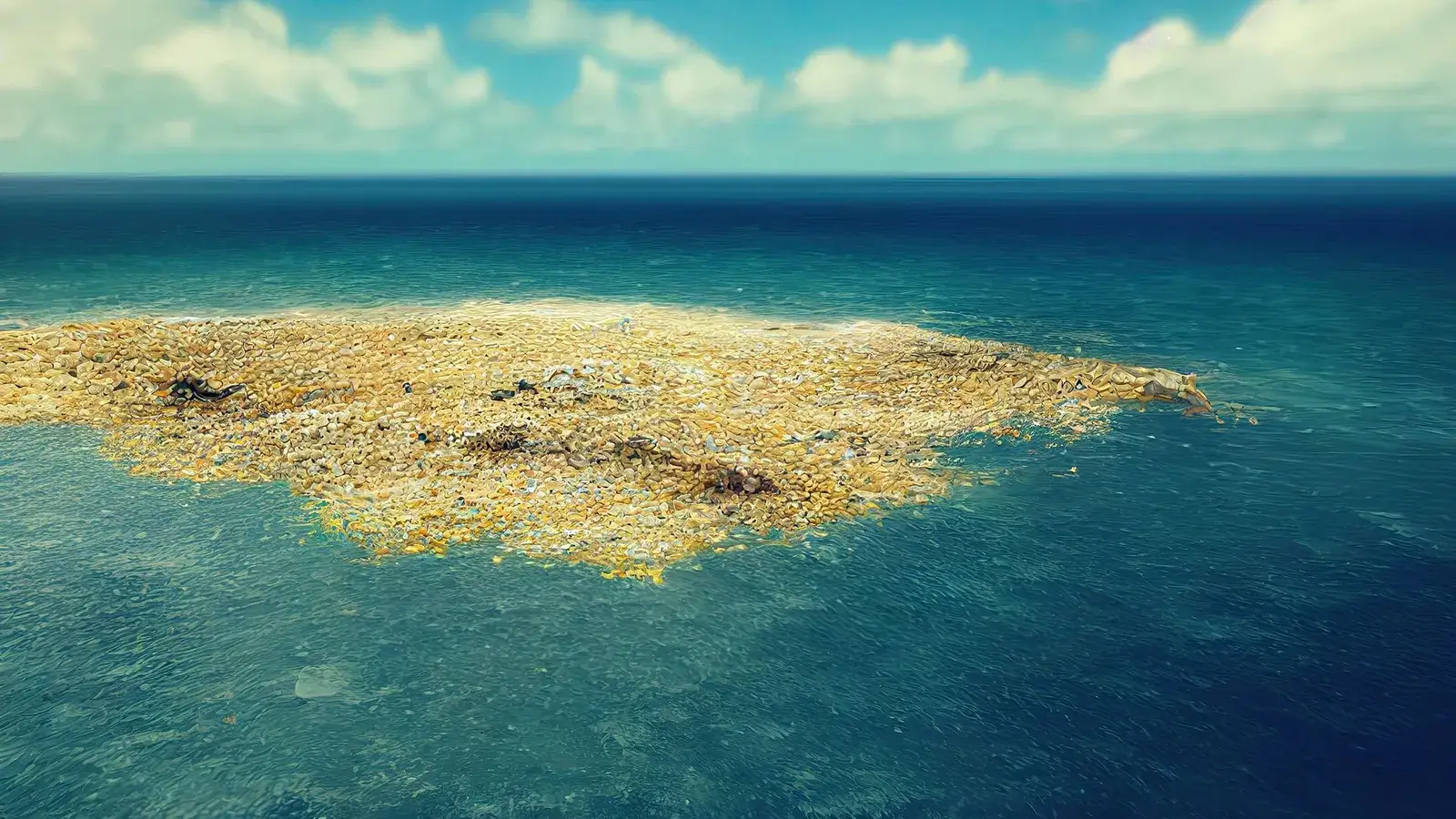
In 1997 Captain Charles Moore was sailing from Hawaii to California when he noticed a steady stream of plastics bobbing in the ocean. He had discovered the Great Pacific Garbage Patch.
by Frankie Adkins / BBC
Over a thousand miles from land in the central North Pacific Ocean, the boat captain and oceanographer Captain Charles Moore puzzled over the source of the litter.
“It can’t be a trail of breadcrumbs like Hansel and Gretel leading me home,” he recalled thinking. “This has got to be a larger phenomenon.”
After two years of research and modelling, he returned to investigate. “That’s when we had the aha moment,” he says. Using a net system to sample the surface of the ocean, he found six times as much plastic as plankton floating in the ocean.
Moore had discovered the largest of five garbage patches around the world. Created by swirling ocean currents known as gyres, these act like a trash vortex, sucking in plastics and shifting constantly.
Swirling ocean currents act like a trash vortex, sucking in plastics and shifting constantly
Since its discovery, the Great Pacific Garbage Patch (GPGP) has often been depicted in the media as a floating mass of plastic, and referred to as a trash island. However, contrary to popular belief, there is no surface on which to stand and it can’t be seen from space.
“It wasn’t a mountain of trash, or a field of trash, it wasn’t even a patch of trash,” says Moore. Instead, the ocean looked like a murky soup, made up of different sized plastics.

This makes visualising the patch difficult. “There is no such thing as a photo of the Great Pacific Garbage Patch,” says Moore. Satellites, drones and Google Earth struggle to capture an overview of the highly mobile garbage patch, he says.
In the following 25 years, our understanding of garbage patches has deepened, with some attempting to quantify and clean them up. But many misconceptions still exist about these remote garbage patches, where few people can venture themselves.
The scale of the GPGP is so great, it is often imagined as a landmass. A 2018 study predicted at least 79,000 tonnes of ocean plastic are floating inside an area of 1.6 million sq km (618,000 sq miles) – a figure that is four to 16 times higher than previously reported. This is twice the size of Texas, or three times the size of France.
In 2017, an advertising stunt for World Oceans Day contributed to this perception, by calling on the United Nations to rename the GPGP Trash Isles. The campaign rallied to make the area the world’s 196th country, fit with its own flag, passports and currency.
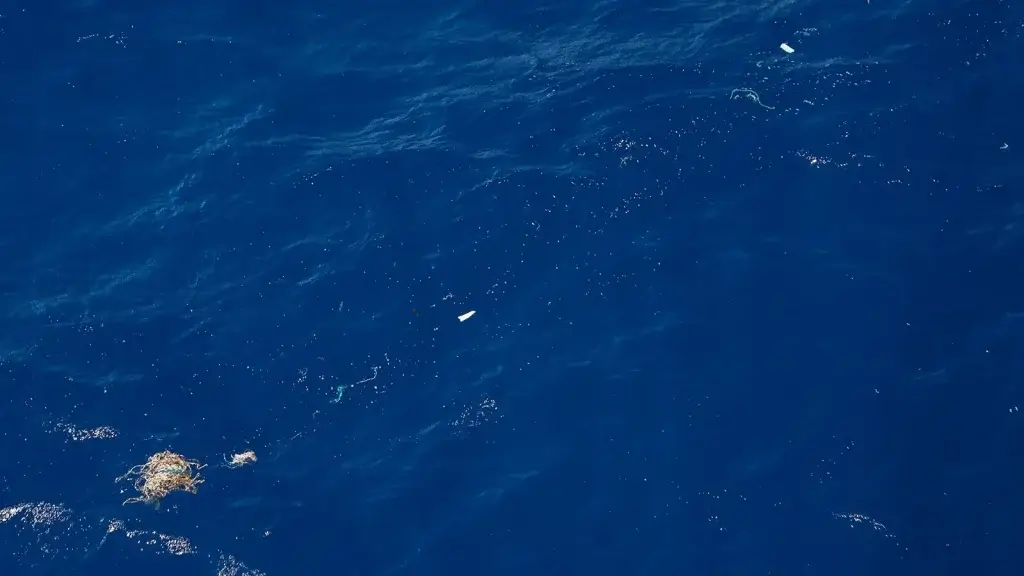
Although this raised the profile of the world’s plastic problem, it played into myths surrounding the GPGP. A Google Image search still incorrectly reveals pictures of the GPGP as a solid mass of plastics, in some cases appearing almost sturdy enough to walk across.
In reality, ships can sail in and out, and mariners may not even release they are passing through a garbage patch. Studies indicate that – while more than 75% of the total mass of the garbage found in the GPGP is of debris greater than 5cm (1.9 in) in size – microplastics account for 94% of the estimated 1.8 trillion pieces floating in the area.
Common misconceptions can dampen the urgency to treat garbage patches. “The problem is that most people are not aware of the issue, therefore they don’t feel motivated enough to be engaged in solutions,” says Walter Leal, a professor of Environment and Technology at Manchester Metropolitan University in the UK.
Left unchecked, more trash will accumulate in garbage patches. “Indeed, they are growing bigger as we speak,” says Leal. One 2021 paper predicts that the growth rate is 2.5% based on current trends – but the authors of the report warn that is a conservative estimate.

Ocean plastic can generate a host of environmental hazards, from the entanglement of creatures such as turtles, to consumption by birds and fish as it is mistaken for food.
The problem is so widespread it has given rise to the “plastisphere” – a term used for ecosystems that have evolved to live in human-made plastic environments.
In a recent study, researchers identified 484 invertebrates from around 100 pieces of plastic fished from the GPGP. Ocean currents had transported some species away from their natural habitat to live on plastics in the patch, risking strange mutations or biohazards.


